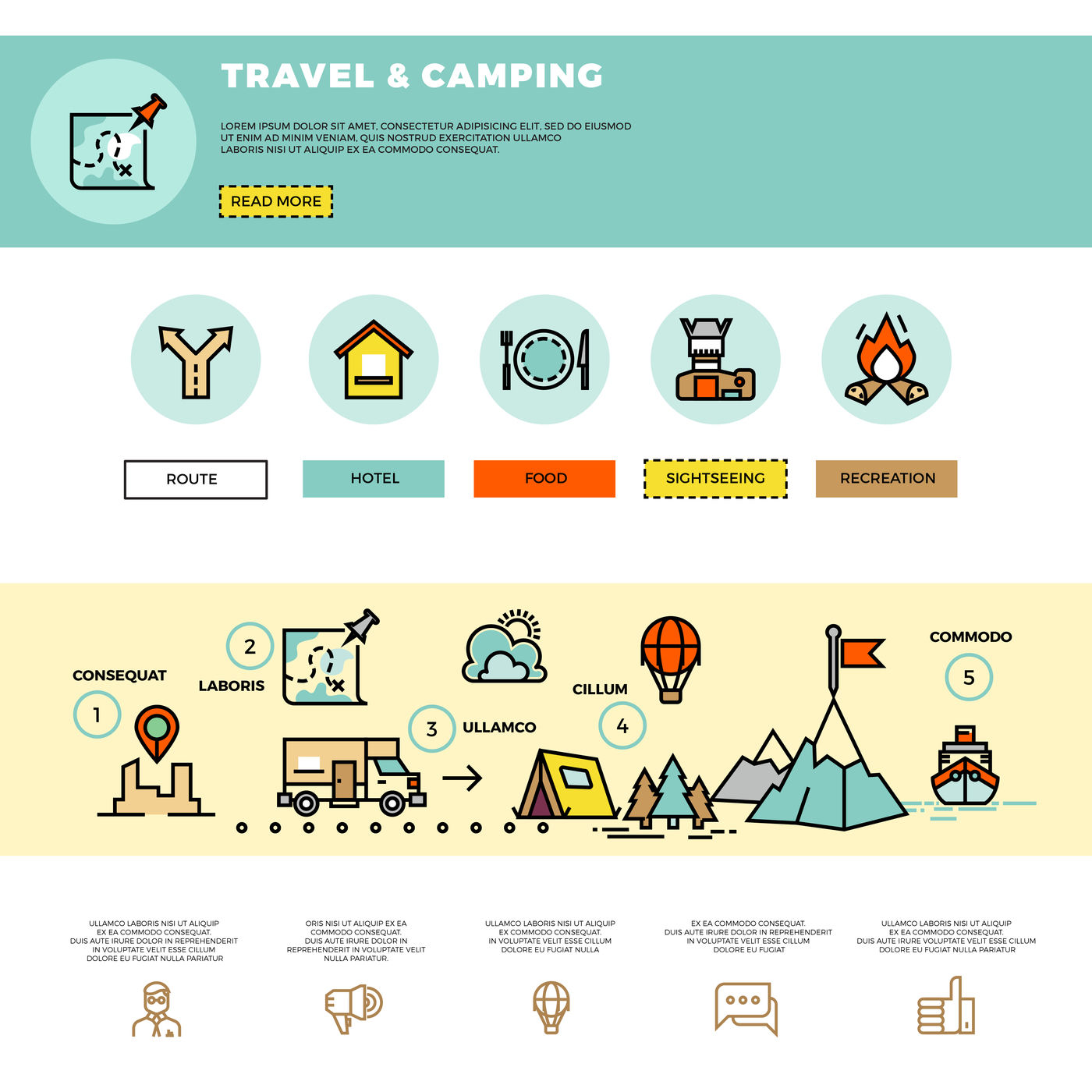Limitless Possibilities Of E Commerce By Selling Camping Tents
Limitless Possibilities Of E Commerce By Selling Camping Tents
Blog Article
Exactly How Important Are Tent Footprints/Ground Cover?
Tent impacts are a great means to shield your outdoor tents flooring from abrasions and prolong its practical life. Almost all equipment suppliers supply their very own brand-specific footprints that are developed to match their specific outdoor tents versions.
What makes a good glamping site?
This tailored strategy offers convenience of setup and lessens the threat of rainwater seeping in via the seams.
What are they?
Camping tent impacts (also called tent ground sheets or under camping tent pads) give a layer of protection in between the base of your outdoor tents and the outside setting. They protect your camping tent from sharp things, moisture, and rough surface areas.
Many outdoor tents manufacturers supply their own top quality impacts designed to fit perfectly with their marked sanctuary models. Nevertheless, these are commonly expensive and fairly hefty contrasted to DIY choices like Polycryo or Tyvek.
Impacts are commonly made from durable, water resistant products such as polyurethane, nylon or silnylon. For ultralight backpackers looking for to minimize pack weight, there are likewise light-weight, high-strength alternatives made from Cuben Fiber (Dyneema). It's important to choose a footprint that's somewhat smaller sized than your outdoor tents to prevent rainwater from leaking down the sides of your sanctuary and channeling below you while you sleep-- no one wishes to get up in a pool! An impact is a rewarding enhancement to any camping trip. It assists make sure a lengthy life-span for your outdoor tents while including comfort and peace of mind.
How essential are they?
Camping tent impacts secure the base of your outdoor tents from abrasion and dampness, aiding to expand its lifespan. They're usually made of waterproof and dirt-resistant materials like polyethylene or a lightweight oxford polyester, though the denier of the fabric will vary (the higher the denier number, the thicker and burlier).
Many footprints are made to exactly match the shape of your tent's floor, which helps minimize material waste. Many have grommets or loops through which you can weave guylines for tension and stakes, ensuring that the impact is firmly held back.
If you camp in harsh surface or locations where there's a great deal of downed branches and sharp rocks, a camping tent footprint is well worth the added weight and bulk. But if you frequently camp in completely dry, sandy or rough problems, an impact may be overkill. A tarp is a better option because instance.
Do you commonly load one?
If you're camping on an extremely flat surface where rocks and sticks aren't an issue, a tent impact possibly isn't needed. If you are in the backcountry with a lot of rough surface, an impact can make life a lot easier.
Footprints are usually sized slightly smaller sized than the base of the camping tent. That's since a larger footprint would certainly capture rain and funnel it under the outdoor tents, where you can get up in a puddle.
However, impacts can be costly and heavy if you buy one from the manufacturer of your outdoor tents (the Big Agnes Tiger Wall surface UL 2 footprint, for example, sets you back $70 and evaluates six ounces). You can conserve cash and weight by making your own DIY impact by cutting a piece of Tyvek or various other water resistant material to the exact measurements of your shelter. You can even include grommets for simple attachment. The major advantage of a footprint is that it aids to fancy camping tents secure the floor of your backpacking outdoor tents from unpleasant aspects such as rocks and twigs.
Just how do you keep them cleanse?
A maker's footprint can include considerable weight to your shelter system and if you're an ultralight backpacker attempting to save every ounce, it might not deserve it. Because of this, several backpackers will certainly use a do it yourself groundsheet that's constructed out of something like Tyvek or Polycryo and cut it to dimension for their tent impact.
This choice is reasonably affordable and will shield your camping tent from moisture, rocks, thorns, sticks, and so on, while also aiding to keep all-time low of your tent completely dry.
If you do choose to acquire a footprint, make certain it's created specifically for your certain tent as this will certainly help reduce water merging around the edges of your sanctuary. For example, if your camping tent footprint is as well huge and prolongs past the side of your rainfly, it will accumulate rainfall which can permeate into lighter-weight camping tents and potentially wear down the floor. See to it it fits your camping tent rather snugly to prevent this.
Is glamping a real thing?
